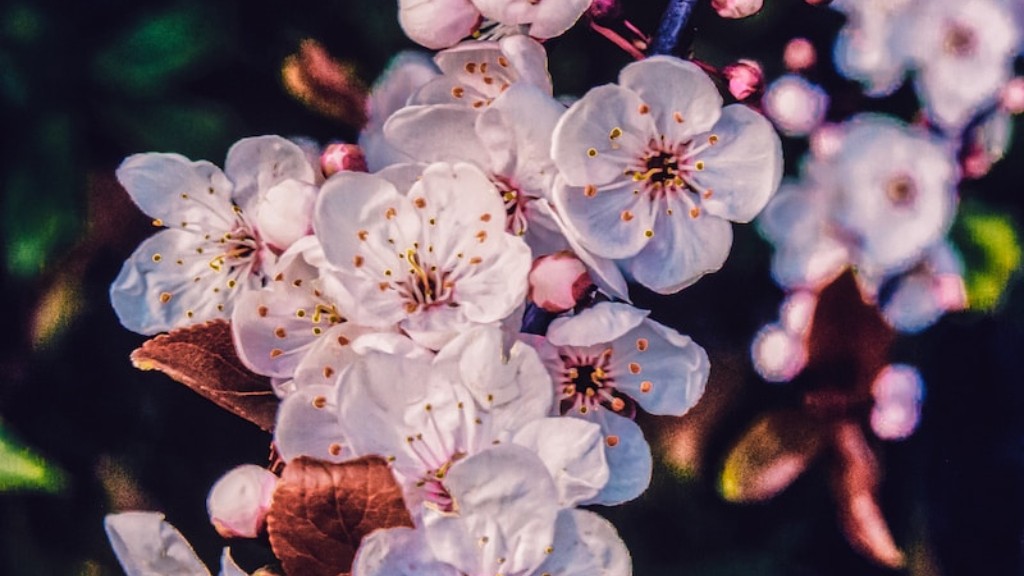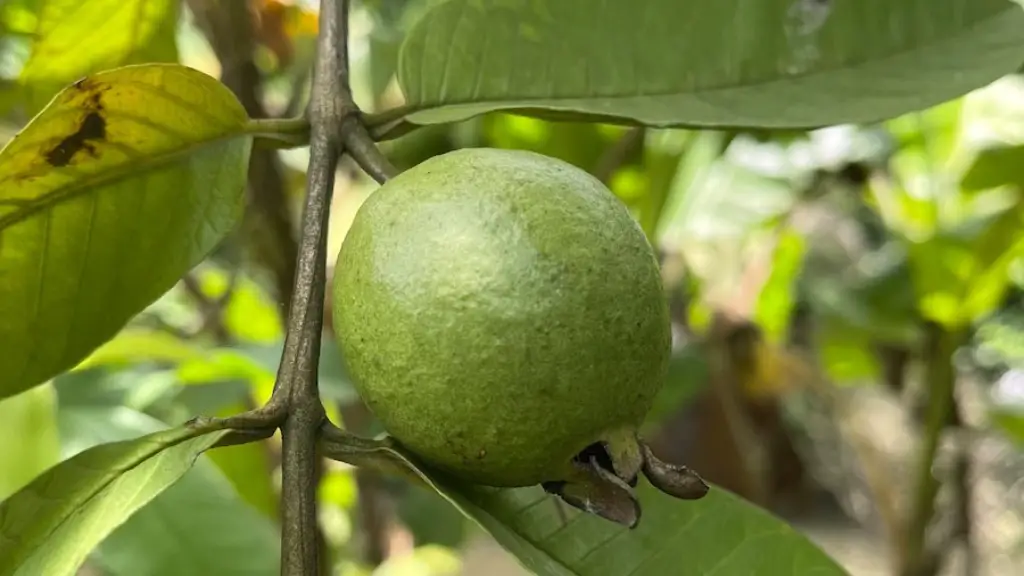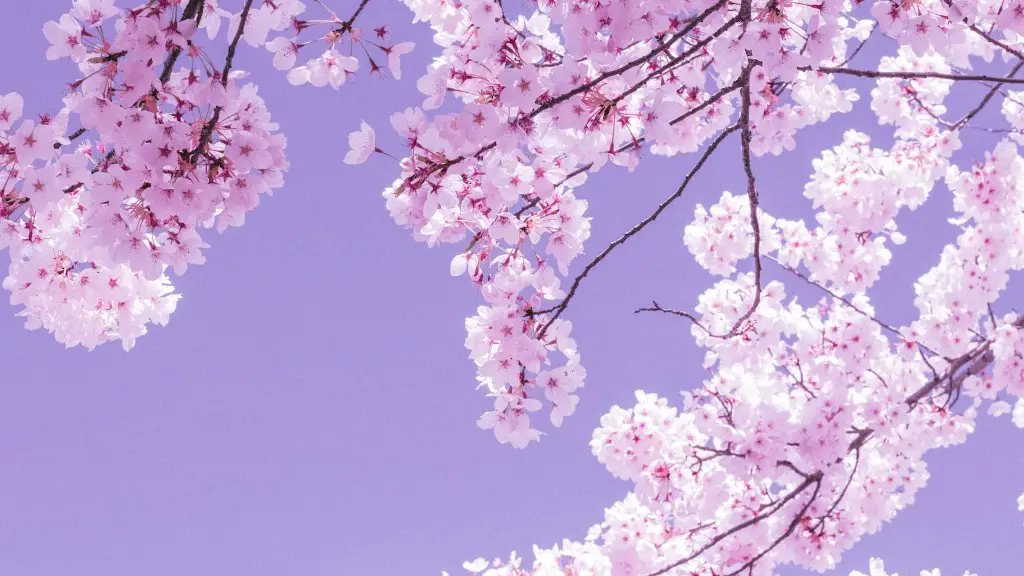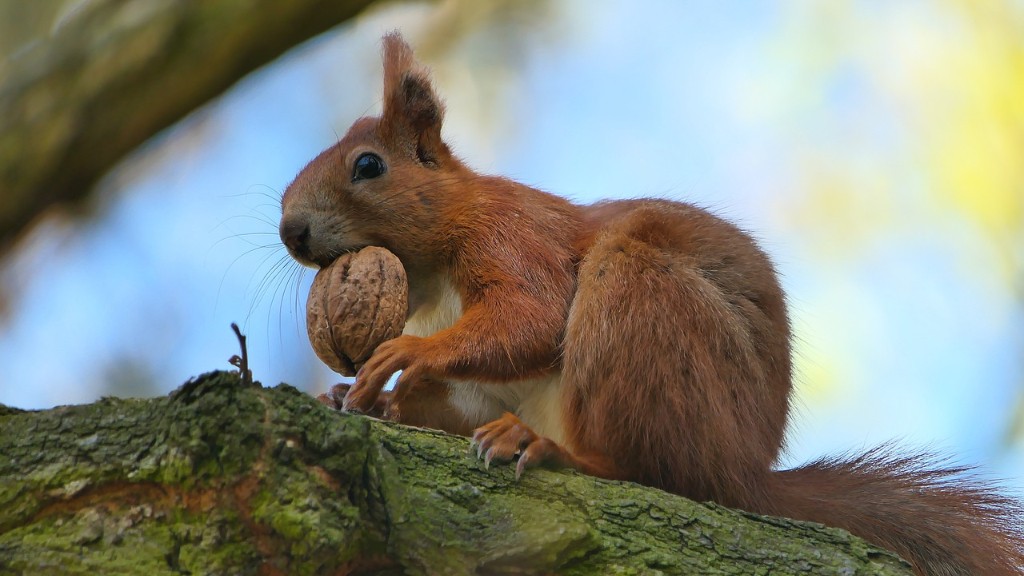Flowering cherry trees are tall, elegant trees that are best known for their stunning pink, white, and red blooms, which typically appear in spring and last for around two weeks. While their short-lived beauty is captivating, some people may wonder how long cherry blossoms typically remain in their prime. The average life span of a single flowering cherry tree is between 10 and 30 years.
The longevity of the tree from planting depends on its species and its environment. Non-hybrid cultivars, or traditional varieties, of cherry trees tend to live about 25 to 30 years. Hybrid varieties, which can be a combination of two flowering cherries, usually have a smaller life span of about 10 to 15 years.
Factors like climate and soil can also affect the longevity of flowering cherry trees. Trees planted in the Northern United States, where colder winter temperatures are common, will typically have a shorter lifespan than those planted in the Southern states. The trees’ health will also depend on the quality of the soil. Trees planted in poorly-drained, water-logged soil may live up to five years less.
For optimal bloom time, most flowering cherry trees need a minimum of six hours of full sun each day. Without adequate sunlight, the tree will be unable to produce a sufficient number of buds, meaning less flowers and less of an impact on the landscape. Therefore, it is important to ensure that the cherry tree is planted in an area with optimal sun exposure.
Regular pruning and maintenance are also important for a cherry tree’s longevity. Pruning should be done in the late summer or fall because that is when the largest refresher buds, which will provide the flowers in the spring, develop. Pruning at the wrong time of year can delay flower production or significantly reduce the amount of blooms.
Insect and disease infestations are also another factor that can reduce the life span of a flowering cherry tree. Common insect pests that feed on flowering cherry trees include aphids, scales, leaf hoppers, and Japanese beetles. Disease infestations are also found in flowering cherry trees, such as powdery mildew, blight, cherry leaf spot and Monilinia blight. Regular pest control and treatment for disease can help protect the health of the tree, ensuring that it can reach its full flower potential.
Pest Management and Disease Control
When it comes to maintaining a healthy flowering cherry tree and extending its life, pest management and disease control are important steps to take. Good tree care begins with proper planting, meaning the tree should be placed in well-draining soil, with adequate sunlight and space between other trees and plants. Tree owners should also regularly inspect their trees for signs of pests or disease and take preventive measures if needed.
In order to protect against pests, tree owners should be watchful for signs of infestation. Signs can include discolored or drooping foliage, yellowing leaves, wilting flowers, or any type of damage to the tree or its bark. To control disease, it is important to prevent stressed trees, which are more susceptible to disease organisms. Adequate water, sun, and nutrients are essential for a tree’s health and must be maintained in order for it to thrive.
Home remedies and organic remedies, like neem oil, can also be used to protect trees, but should be used with caution. If all else fails and the tree cannot be kept healthy, professional help may be needed to treat or remove the tree before the disease spreads to other areas of the landscape.
Caring for the Soil
In addition to regular tree care, proper soil maintenance is also important for a flowering cherry tree’s longevity. Poor soil can stunt the growth of the tree and cause the roots to become weak and prone to illnesses.
Soil should be tested regularly to check nutrient levels and pH balance. Various soil amendments can be added to help improve the soil, such as compost or mulch. Compost is an organic material that adds essential nutrients to the soil and provides beneficial microbes to help break down decomposing materials. Mulch also helps to retain moisture in the soil and prevents weeds from growing. Both compost and mulch should be applied every year for maximum benefits.
Frequent watering is also essential for a flowering cherry tree’s health. Depending on the area, the tree will need to be watered several times per week, with water penetrating 12-15 inches into the soil. If the soil is not adequately moist, the tree may become weak and prone to disease.
Changing Climates and Adaptation
As climate change progresses, it is important to consider flowering cherry trees’ adaptation to changing weather conditions. Trees in warmer climates may bloom earlier and experience higher temperatures more commonly, while trees located in colder climates may bloom later than expected and experience colder winters more often.
To help minimize the risk of early blooms, trees should be planted near taller trees or shrubs that will provide sufficient shade. Winter protection is also important and can be provided with a thick layer of mulch or straw around the tree’s base to limit moisture loss and soil freeze.
Indigenous varieties of flowering cherry trees may also fare better in changing climates as they are better equipped to survive in difficult environments. The species Prunus serrulata, a traditional Japanese cherry tree, is able to tolerate cold weather better than many of the hybrid cultivars, making it a better choice for colder areas.
For areas that are especially prone to extreme weather events, such as floods, it is important to choose flowering cherry trees that are more resilient to those conditions. The species Prunus grayana is known for its tolerance of floods and salt, making it an excellent choice for areas near the ocean.
Fertilizer and Plant Food
To ensure that flowering cherry trees remain healthy and reach their full life span, fertilizer and other types of plant food should be applied several times per year. Applying a slow-release fertilizer in the early spring helps the trees to get ample nutrients for the upcoming season, while a balanced fertilizer can be applied in the late summer to help trees prepare for the winter.
In addition to fertilizer, supplemental plant food, such as compost tea, can be applied during the summer season. Compost tea is an aerated mixture of compost and water that adds beneficial nutrients and microorganisms to the soil. To ensure optimal results, it should be applied once per month during the summer season.
Organic fertilizers, such as fish emulsion, can also be applied to help nourish the tree. These fertilizers release their nutrients slowly, over an extended period of time, and can also help to improve the soil structure and promote microbial activity.
Organic mulch can also be applied to the soil to help retain moisture and keep the tree healthy. As the mulch decomposes, it will add essential nutrients to the soil, helping to support the tree’s long-term health.
Conclusion
Flowering cherry trees can bring beauty and elegance to any landscape but ensuring that the tree lives its full life span is essential for its ongoing health. Understanding the factors that can influence a tree’s longevity, such as species, environment, soil quality, pest infestations and disease, is the first step in preserving its beauty. With appropriate care, flowering cherry trees can provide years of blooms and be a treasured addition to any garden.




